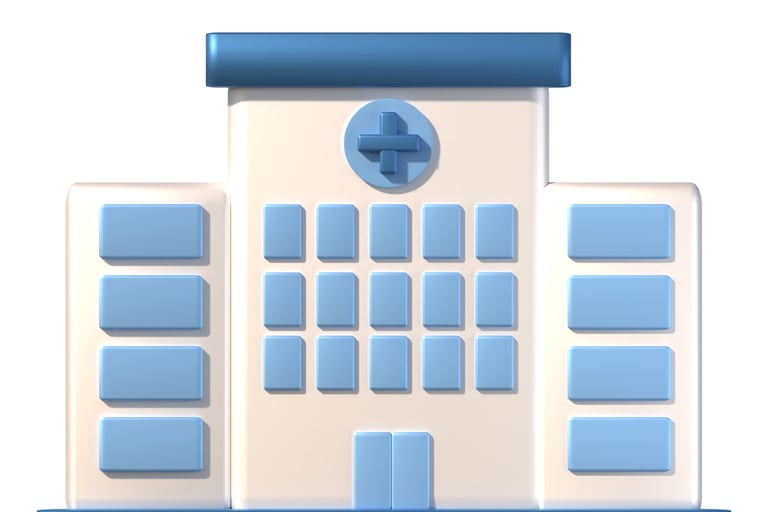

Type of Places to See a Doctor
Primary Care Provider (PCP):
Your first point of contact for general health and preventive care. PCP is the cornerstone of medical care in the US and is your first point of contact for routine checkups, illness, and managing chronic conditions. They also organize referrals to specialists, administers preventive care, and is first in the line of contact for most medical problems.
Urgent Care Center:
For illnesses or injuries that need prompt attention but are not life-threatening, like minor infections or sprains.
Emergency Room (ER):
For severe, life-threatening conditions (e.g., chest pain, stroke, severe injuries), the ER is necessary. ER care is often more expensive and wait times can be longer.


Navigating Health Insurance
Basics: You pay a monthly premium, and your plan covers part of your medical expenses.
Costs: Expect out-of-pocket expenses like deductibles, copays, or coinsurance before full coverage kicks in.
In-Network Providers: Choosing providers within your insurance network saves money.
Plan Types: Options like PPOs, HMOs, EPOs, and POS plans vary in provider flexibility and referral requirements.
Affordable Care Act (ACA) Plans: These are divided into Bronze, Silver, Gold, and Platinum tiers, reflecting coverage levels and costs.
Enrollment: Sign up during the annual Open Enrollment or qualify for a special enrollment due to life changes.


Preparing for Medical Visits
Make Appointment: When you call to set up an initial visit, you might want to ask a few questions before going forward with the conversation.
Are they taking new patients?
When is the first available appointment?
Do they accept your insurance plan?
Are they part of the network of your insurance plan? (Because providers change their insurance plan acceptance list without much notice, so it is always good to check.)
What's the appointment cancellation policy? Is there a penalty to cancel within 24 hours of the appointment?
List Concerns: Note symptoms and write down the questions beforehand, focusing on priorities.
Bring Information: Carry a list of medications, supplements, and dosages, along with insurance cards, other doctors’ names if applicable, and relevant medical records. Bring your contact information such as your name, address, phone number as well as emergency contact information.
Be Transparent: Share detailed symptoms and lifestyle information honestly for accurate diagnosis.
Ask for Clarity: Request explanations for anything unclear and confirm your understanding of diagnoses or treatments.
Bring Support: Consider having a trusted friend or family member join you to help recall details or advocate for you. Bring an interpreter or someone who can help communicate with the provider if there's a language barrier.
The above provides a starting point of navigating the US healthcare system effectively. Your actual experience may vary on a case-by-case basis. But it is important to know your health relies on active engagement and clear communication with your providers to ensure the best care.
